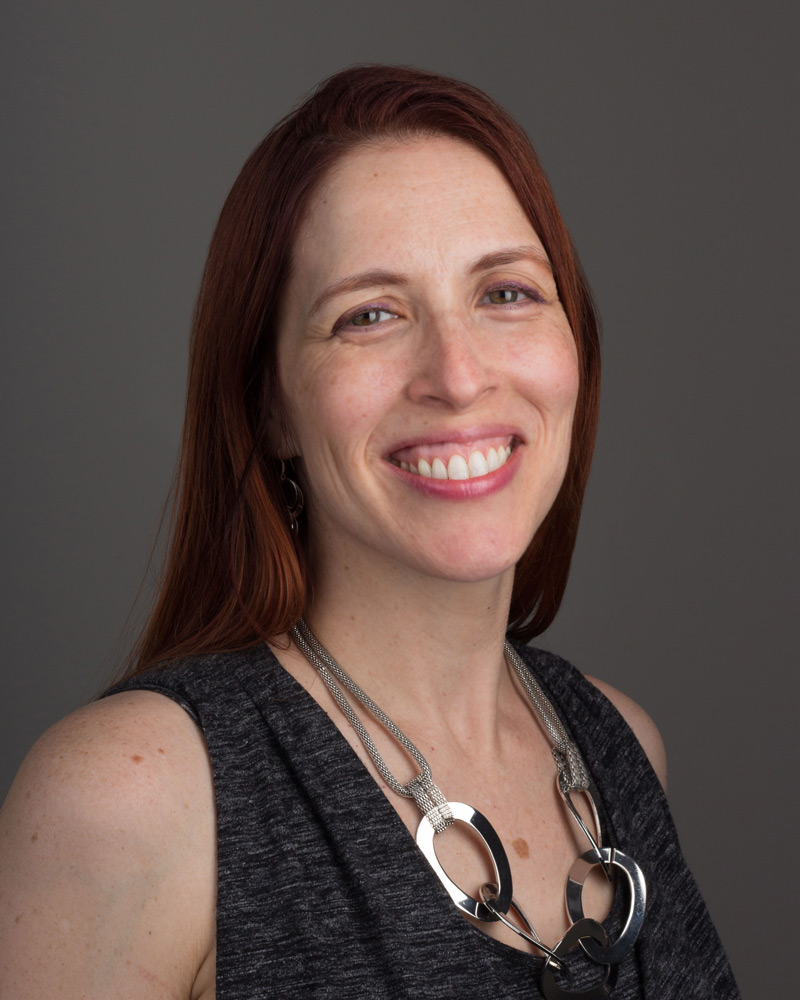Physical Therapy
Generalized Therapy vs. Spine-Specialized | What does this mean? | Manual Therapy | FAQ
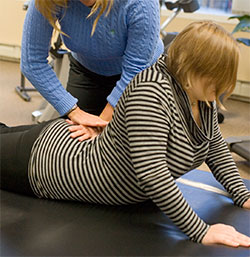 Patients will be connected with a spine therapist
who has advanced training in spine specialized techniques — one of the
most well-respected spine therapy methods in the country. The physicians of Quincy Spine Center have skills and techniques that are specifically
oriented at relieving back and neck pain.
Patients will be connected with a spine therapist
who has advanced training in spine specialized techniques — one of the
most well-respected spine therapy methods in the country. The physicians of Quincy Spine Center have skills and techniques that are specifically
oriented at relieving back and neck pain.
To come to a definitive conclusion regarding its proven benefit, injection therapy needs to undergo further testing. Some experts theorize that there may be some placebo effect associated with the relief that accompanies an injection. In any case, when a patient gains relief from an injection, it reinforces a physician's desire to use that treatment again.
General therapy vs. spine-specialized therapy
The only way to permanently relieve pain involves changing the physiology of the back by using exercise to make it stronger, more flexible and resistant to injury. While a general physical therapist may spend weeks attempting to mask pain using heat, ice or ultrasound, research has shown that using these passive treatments is not the best way to return someone to activity efficiently. This general physical therapist often sees a wide variety of patients each day who suffer problems related to sore elbows, knees or shoulders. General physical therapists typically have a very limited understanding of the best ways to treat specific types of back problems. At best, they may have taken a couple courses on therapy for a back or neck injury
On the other hand, a spine-specialized therapist’s primary goal is to enable the patient to perform a customized home exercise program as early as their first visit. The therapist’s second goal is to make the patient independent of therapy within a short period of time.
What does this mean for you?
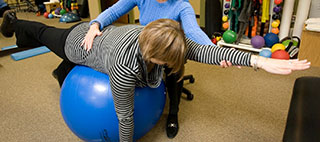
Instead of receiving a general treatment approach, at Quincy Spine Center, your therapist specializes in treating back and neck pain. These therapists have advanced, hands-on skills that can help relieve your pain and get your injured muscles, tissues and spinal structures moving again. Instead of a single school of thought, patients can access specialists with a variety of skills who can match the best treatments to your particular problem.
Manual therapy
Manual therapy relates to the use of a therapist’s hands to achieve pain relief. By using specific techniques, the spine therapist can relieve pain through hands-on movements applied to vertebrae and soft tissue areas. This is achieved not passively, with a modality such as ice or heat, but through actively moving the joints and tissues. Spine-specialized therapy can involve techniques taught by schools including McKenzie, Paris, Ola Grimsby, Cyriax and the Maitland therapy school in Australia.
A manual therapist’s background typically begins with physical therapy training, followed by advanced education in spine that sets them apart from general physical therapists. This specialized education can be within a host of manual therapy philosophies, each involving unique pain-relieving techniques that help patients return to function as quickly as possible. Regardless of the particular school of thought, the best spine therapists avoid the use of passive modalities, which do not provide permanent relief.
Frequently Asked Questions about therapy at Quincy Spine Center
Q. What makes Quincy Spine Center physical therapy different?
A. Just as the trend in medicine  is for physicians to subspecialize in knees, or arm, or joint replacement,
the exact same thing is happening in the area of physical therapy. That’s
good news for patients.
is for physicians to subspecialize in knees, or arm, or joint replacement,
the exact same thing is happening in the area of physical therapy. That’s
good news for patients.
Just as the first step for a physician is to receive his MD degree, the first step for a physical therapist is to become a licensed physical therapist. Most orthopedic centers and therapy clinics will have licensed physical therapists who split their time among patients with knee pain, hip problems, shoulder pain, hand problems, ankle problems and foot problems.
Experts have found, however, that back and neck problems can be stubborn to treat and may not respond to general techniques learned in therapy school. Worse, what often happens is that when generalized therapy fails to relieve symptoms, the patient has to resort to spine surgery.
Q. What will my therapy at Quincy Spine Center be like?
A. At other clinics with general therapists, you may have laid on a table, while someone put hot packs or ice on your back. Or your therapy may have included other passive things like ultrasound. Or you may have had a massage. The insurance companies who pay for back care have done extensive research on things that relieve back pain — for the long term — and they now have policies that eliminate payment to clinics doing “palliative care.” The word “palliative” means something that feels good, but doesn’t cure anything.
So while a massage or hot pack may feel good, it doesn’t provide any lasting change to the soft tissues in your back or neck. The effect on your symptoms is temporary, and in a sense, worthless because it doesn’t last, and your pain will return.
Nationally, the best spine treatment clinics avoid passive things like hot packs, ice and massage. Instead, spine specialized clinics emphasize things that strengthen the back, make it more flexible and resistant to injury. In other words, Quincy Spine Center emphasizes specialized spine techniques, stretches and exercises that will help you recover from injury without having to resort to surgery.
Q. How do spine specialized exercises work?
A. Spine specialized exercises are based on Directional Preference. We help each patient to discover a direction or movement that improves mobility or function to relieve symptoms. This might be an extension movement, flexion of the trunk, rotation of the trunk, retraction or some combination of movements. Once a directional preference is found, then to we have to discover the optimal load and effort required to achieve the best results.
Q. Will my leg or arm pain go away using this method or will I need surgery?
A. The second aspect of the spine specialized exercises involves the concept of “centralization” of pain. Using these spine specialized techniques, a therapist can help a patient that has pain radiating down a leg to the knee area, to reduce the pain symptom so it no longer goes as far down the leg, and over time shrinks and “centralizes” the pain until it eventually disappears.
Some patients with pain radiating from the neck into the arm, and from the back into the leg, can respond very well to these exercises and stretches that centralize and ultimately relieve the pain completely.
It is important to note, however, that any time you have symptoms that involve radiating pain or numbness into a leg or arm, consider these serious emergency symptoms that need to be seen by a spine surgeon or spine physiatrist to determine if they are worsening, or if they can be managed with therapy. If you ignore these symptoms, such symptoms can cause permanent nerve damage. Another emergency symptom is any loss of control or bowel or bladder.

Understanding Symptoms
Pain is not a good indicator of when to see a doctor for a spine problem. While a back spasm can be excruciating, the good news is that ligament strain doesn’t require surgery.
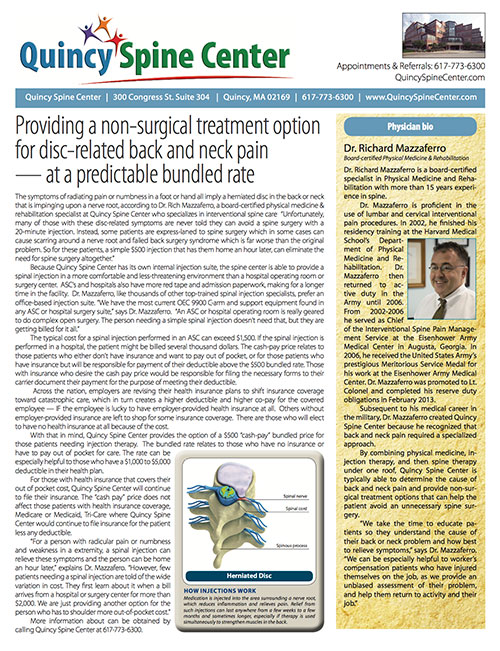
Quincy Bundled Rate
Find out more about a simple 20 minute office procedure — at a $700 bundled rate — that can eliminate the need for spine surgery.
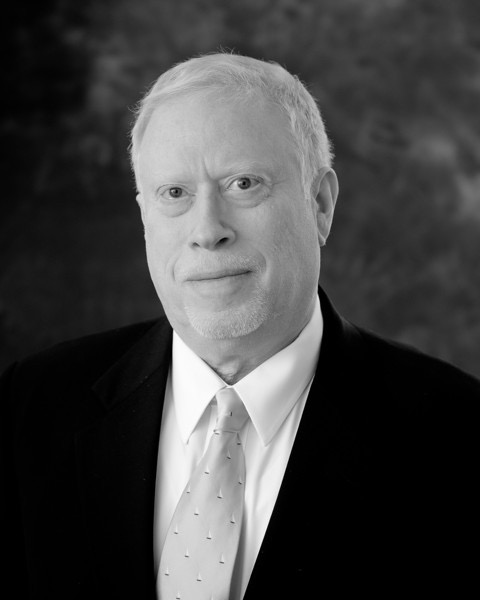
Jeffrey Jackel, MD
Board-certified Anesthesiologist
Board-certified in Pain Medicine (exp)


